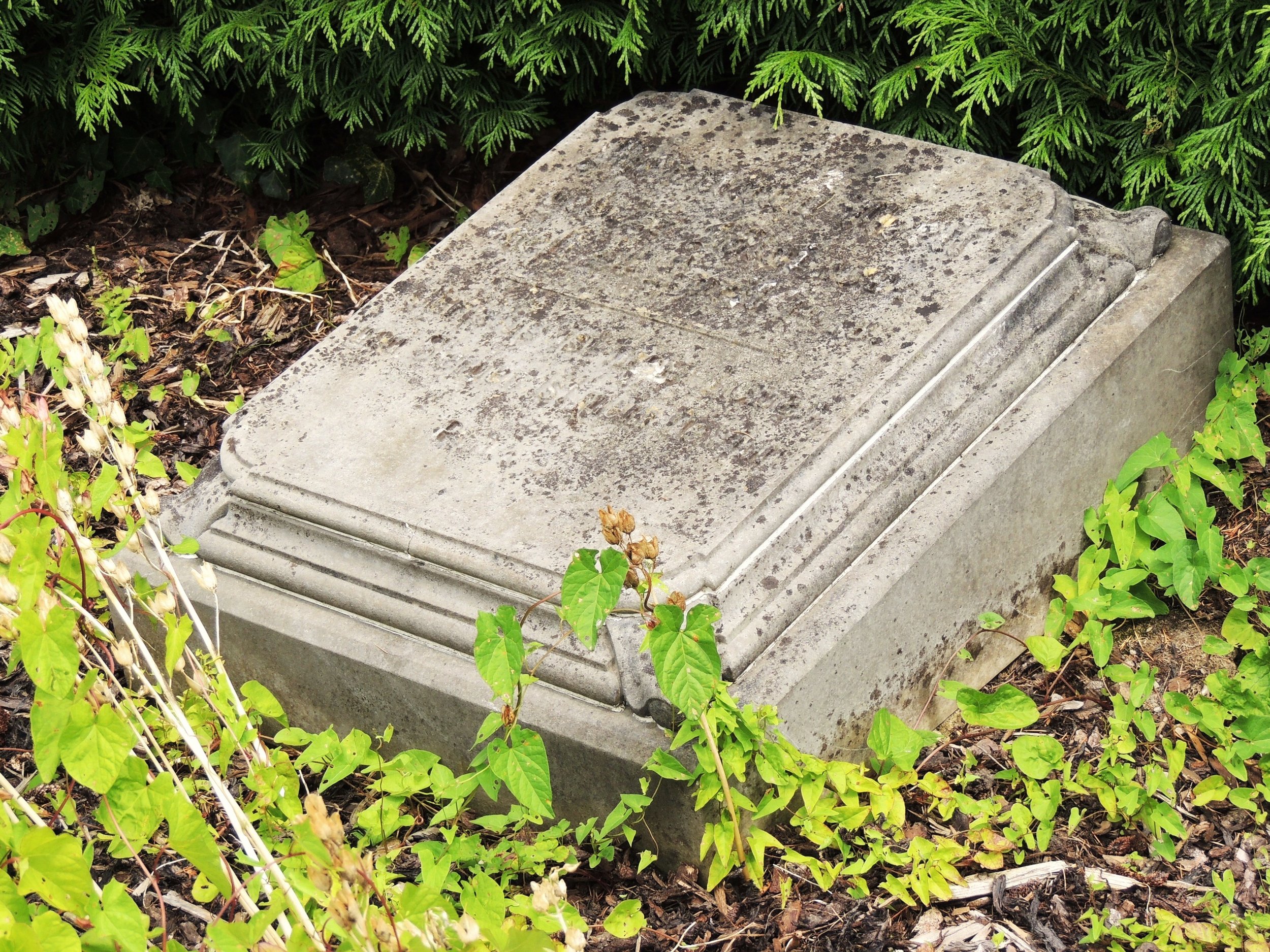For many, this will be the first year to honor their loved one on Memorial Day. Ribbons, flowers, flags, balloons, and crosses decorate resting places and celebrate those held dear. Although the decorations begin appearing the last weekend of May, preparation of the cemetery began months ago. When family or friends visit, all they will notice is the condition of their loved one’s grave. You want to make sure that what they see is a clean, well-maintained site.
In maintaining the cemetery, the single most damaging lawn maintenance activity (to headstones) is mowing. In addition, mowing is frequently the single largest cemetery expenditure. It is critical that lawn mowing is done in a manner the protects the monuments, as well as the lawn. The most serious issue is the routine removal of grass in the immediate vicinity of gravestones and tombs. The best practice is to mow to within 12-inches of markers and finish the work using hand shears. This approach, however, is almost universally cost prohibitive. Another approach is the permanent removal of grass around the bases of stones. The solution is usually discouraged since it creates an unnatural and unattractive landscape and its long-term maintenance creates additional costs and threats to the stone (especially since there will be an inclination to use weed killer as a simple solution).
The best workable solution is to use no power mower within 12-inches of the markers. Weed whips (rotating nylon filament trimmers) may then be used – with extreme care – to finish the job up to the stone. For these procedures to cause minimal damage, four precautions are absolutely critical:
The maintenance crew must be carefully trained and closely supervised. They must understand that the historic markers are very fragile and that the activities used on residential or commercial grounds are unacceptable for cemeteries.
Only walk behind mowers should be used – riding mowers offer too little control and operators are too inclined to take chances in an effort to speed the mowing up and get on to another job.
All mowers – even when used no closer than 23 inches – must have bumper guards installed to offer additional protection. This can be achieved by using cable ties to attach closed cell foam, such as that used for the insulation of pipes, to the sides, front, and rear of all mowers.
The nylon string in the trimmers must be the lightest gauge possible – no heavier than 0.09 inch.
Perhaps the best protection from mower damage, however, is the active involvement of the superintendent in the oversight of landscape maintenance operations – inspections by the superintendent should be made during and after mowing operations.






